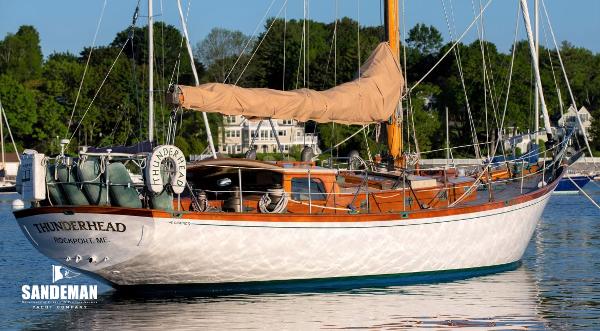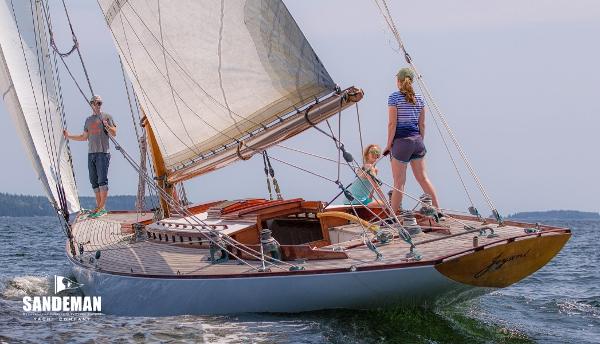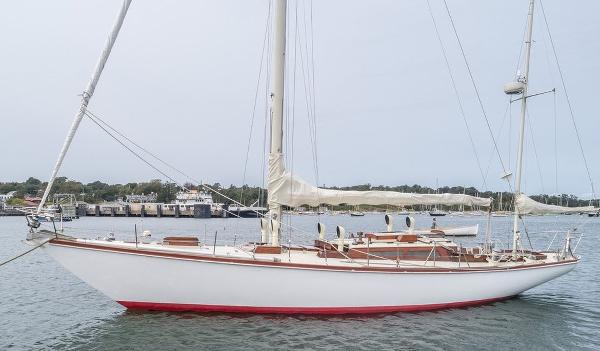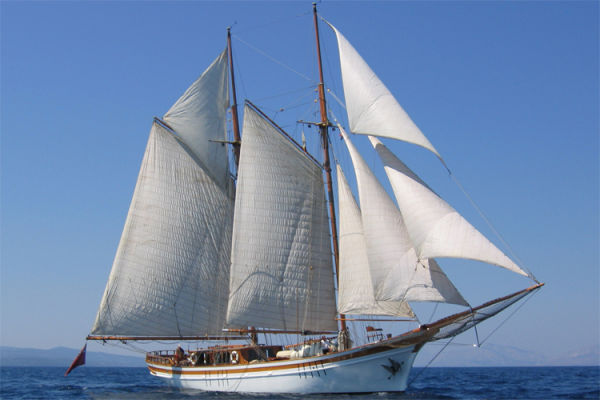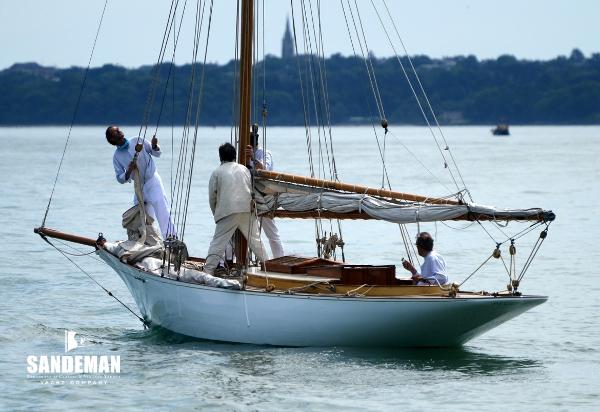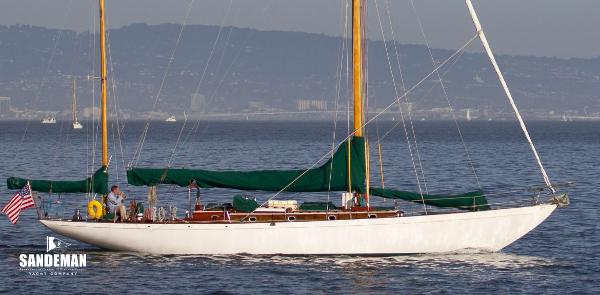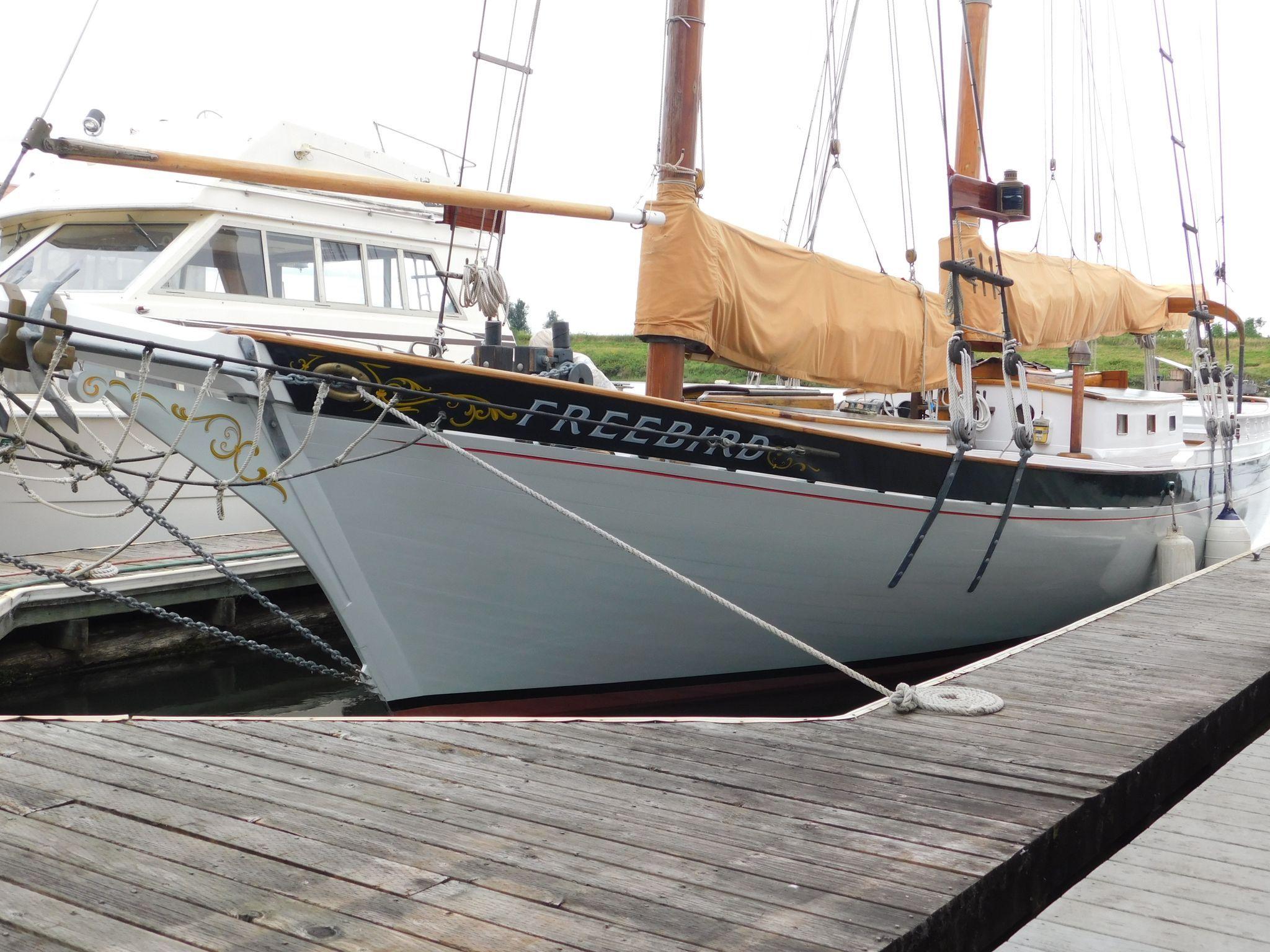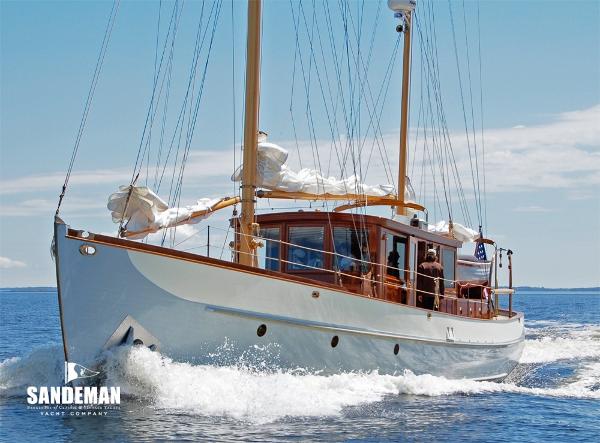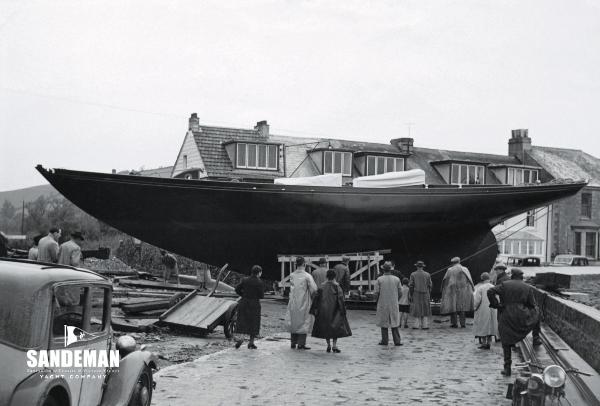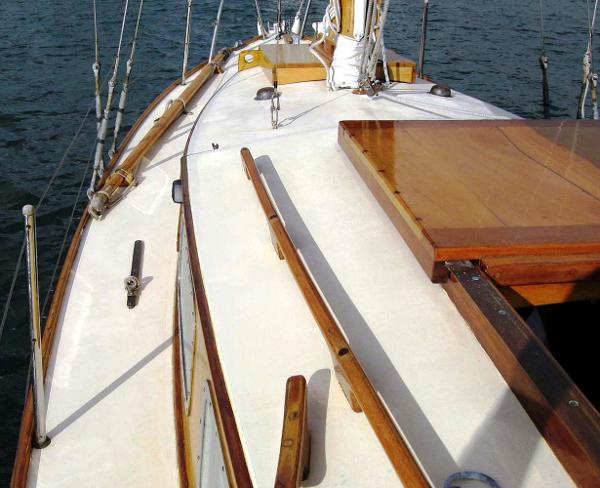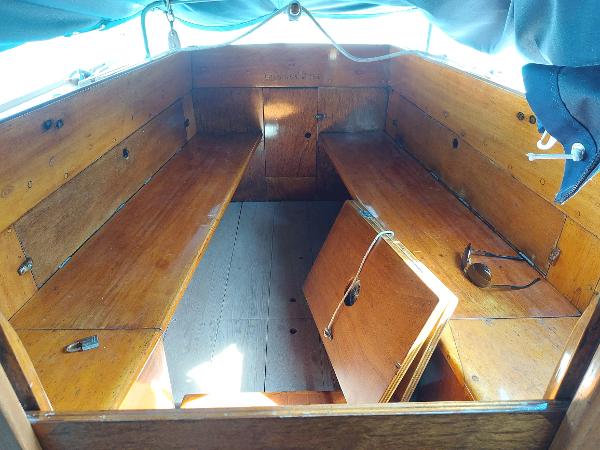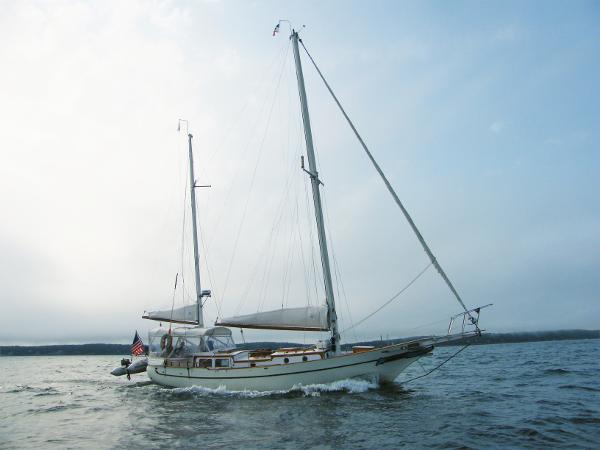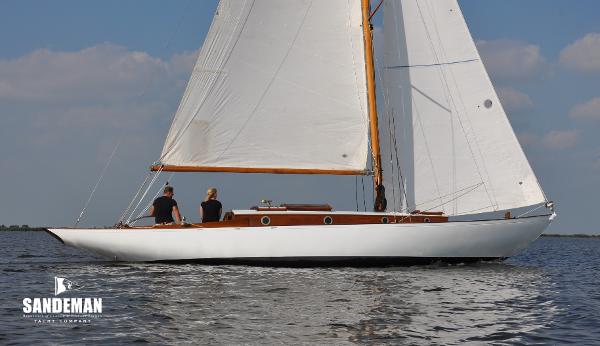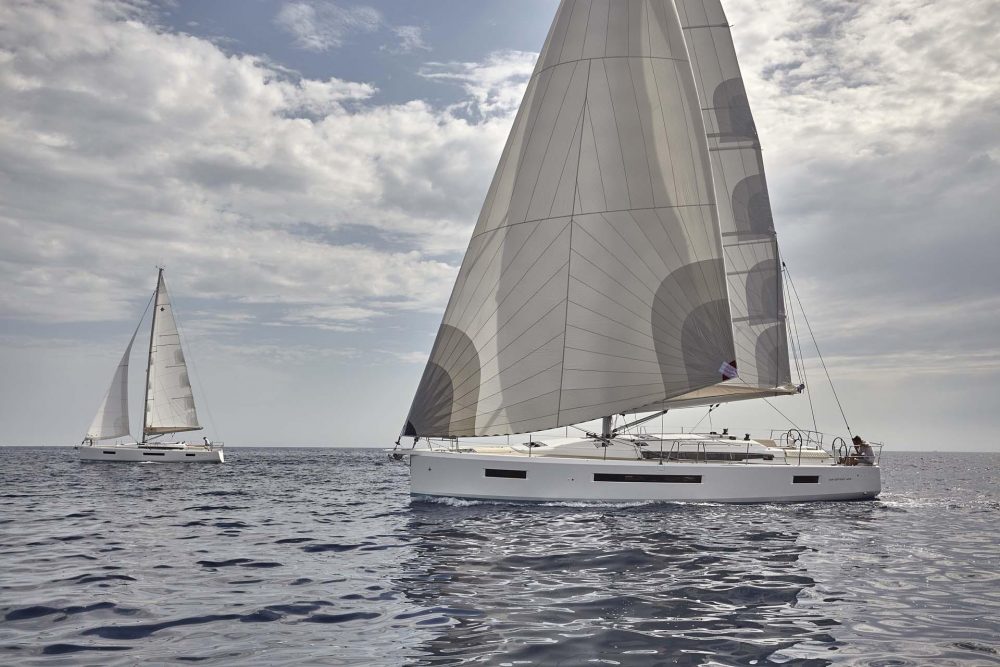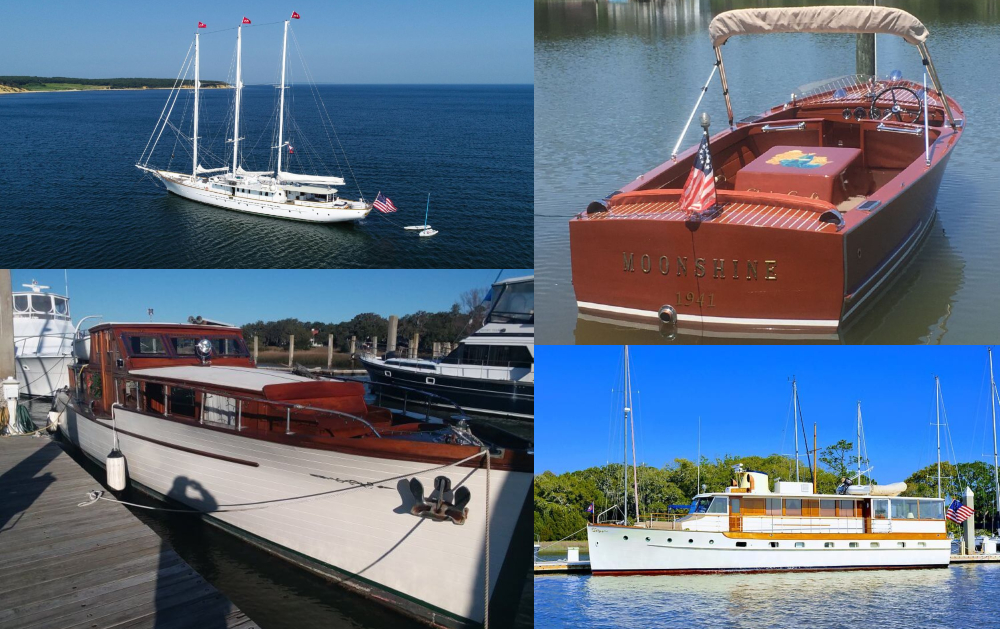Antique and classic (sail) boats for sale
-
Advertisement
-
Advertisement
-
Advertisement
-
-
Advertisement
Contact Seller
XAntique and Classic (Sail)
Ideal for overnight cruising and day sailing these Antique and Classic (Sail) boats vary in length from 16ft to 155ft and can carry 4 to 120 passengers. There are a wide range of Antique and Classic (Sail) boats for sale from popular brands like Herreshoff, Custom and Concordia with 30 new and 584 used and an average price of $94,873 with boats ranging from as little as $4,874 and $5,100,574.
Antique and Classic Sailboats
Many people who love sailing and sailboats consider antique and classic sailboats to be works of art. They’re also a huge part of our heritage, since once upon a time sailboats were an incredibly important form of transportation for both people and goods. But there’s one thing anyone who would consider owning an antique and classic sailboat should know about: they require lots of work. Wood vessels in particular need constant maintenance, ranging from refinishing the teak to replacing rotten wood. Of course, for many sailors the work these boats require is all part of what they love.
Constant maintenance is also a big part what gives these boats their character; it explains why many people refer to them as “she” instead of “it.” With their evolving appearance and ever-changing form, antique and classic sailboats unquestionably seem more like living beings than intimate objects. And that’s just sitting still. Cast off the lines, raise the sails, and these boats truly come alive as they harness the wind and plow through the seas.
Each and every antique and classic sailboat is unique, and has its own personality. They handle differently from one another, sail at different speeds, are rigged in different ways, and each certainly has its own look. Some perform best in light winds while others shine in a strong breeze; one may sail best down-wind, while another wins the race when sailing up-wind. The uniqueness and individuality of these boats is a huge part of their draw, and when a sailboat is old enough to quality as and antique or a classic, it probably has a history just as interesting as the boat itself. Taking all of this into consideration, it’s no wonder that many people are not just willing, but are enthusiastic, about taking on the responsibility and expense of owning and sailing an antique and classic sailboat.
